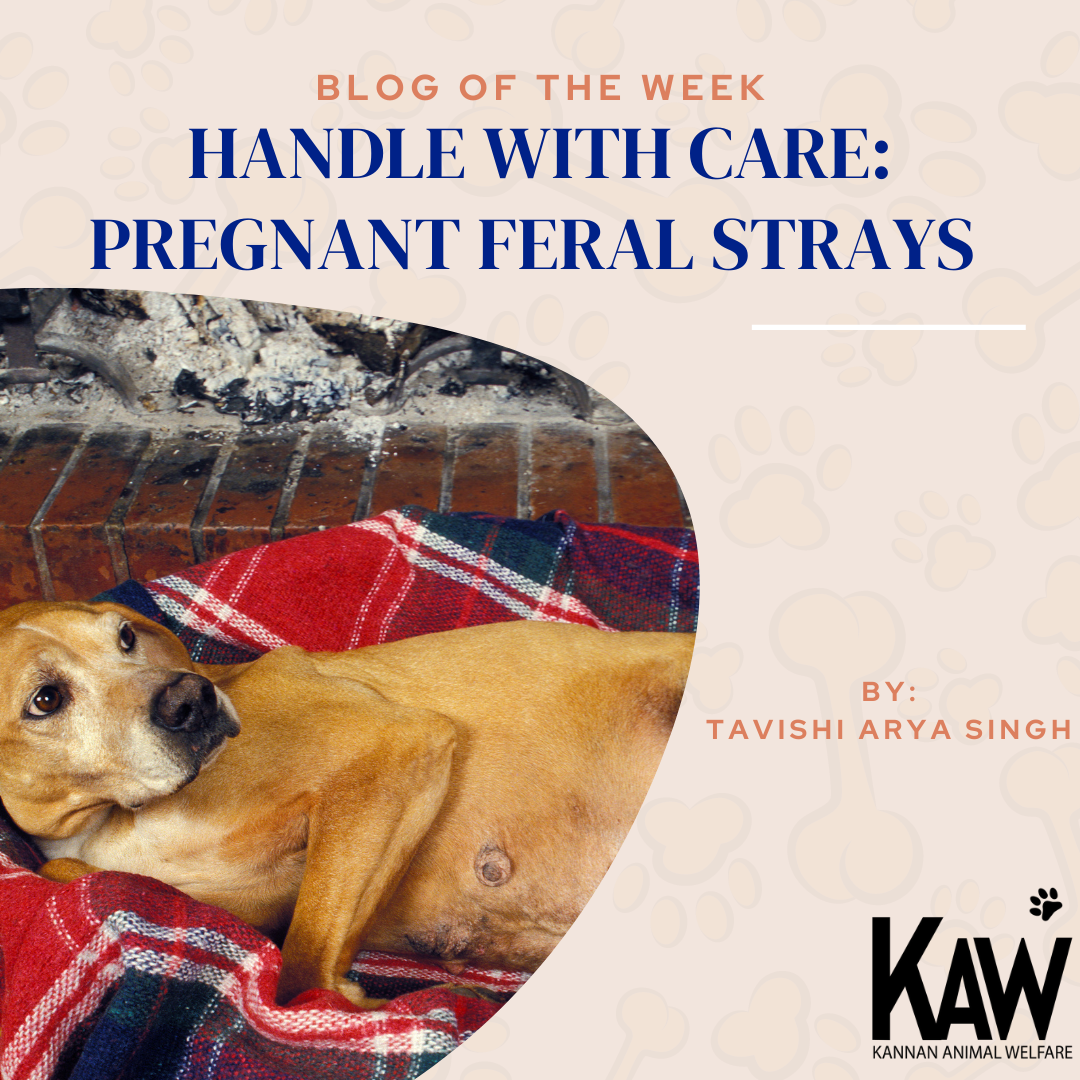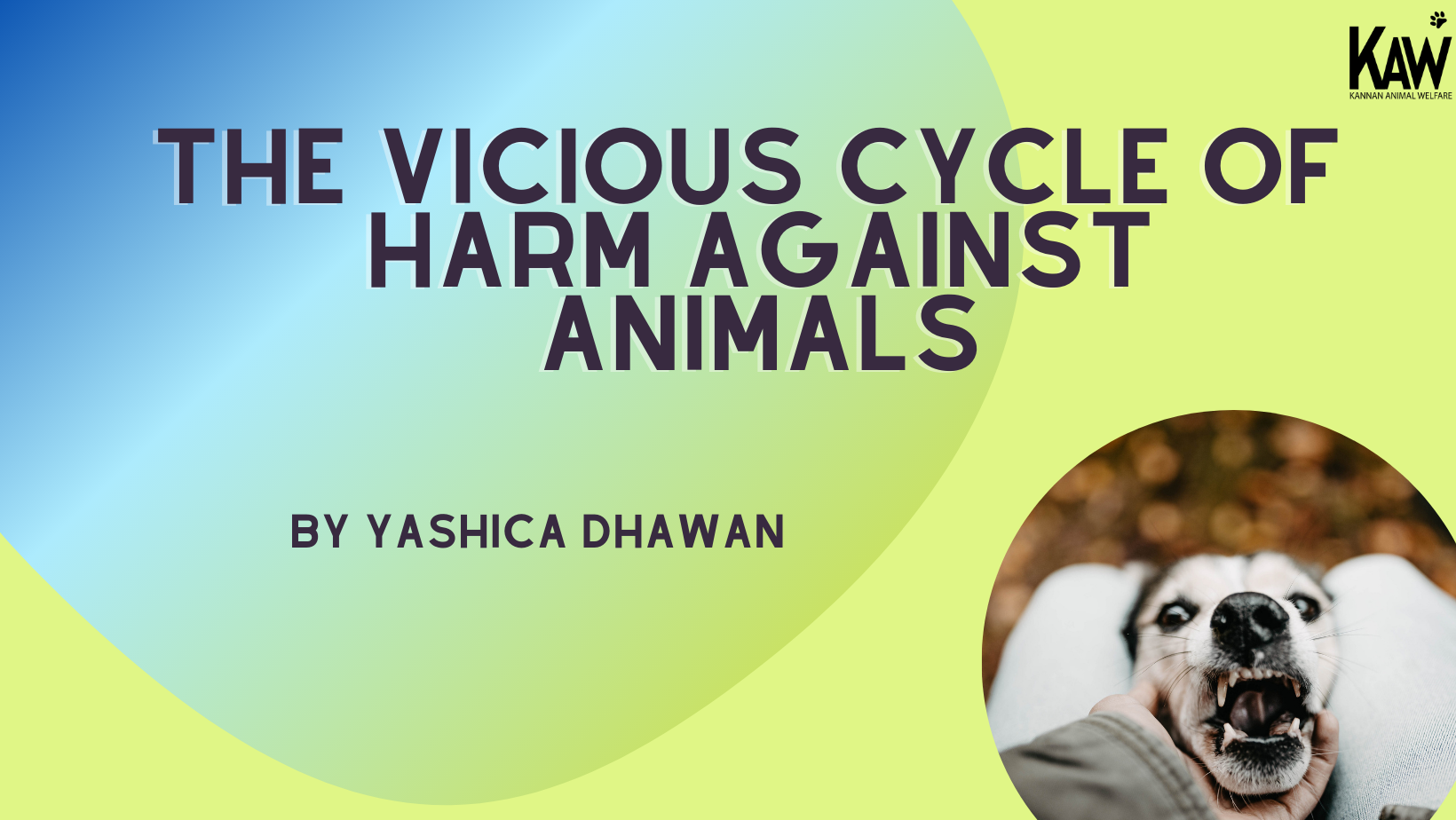HANDLE WITH CARE: PREGNANT FERAL DOGS
Finding a stray animal strolling around the yard is one thing; finding a pregnant animal raises a whole new set of issues. She'll have those babies one way or another, so the only question is whether or not you'll be a part of it. Both helping and simply ignoring it have excellent reasons.
If you decide to take care of the animal, you'll want to do it properly. Mishandling a pregnant animal incorrectly can have unintended repercussions, some of which you may come to regret later. Before you begin, I strongly advise you to take your time and conduct extensive research. Keep in mind that you're dealing with both mama and babies. So, the following are some things you need to remember for taking care of the pregnant animal:
1. DIET
When pregnant, animals demand a different diet and extra nourishment. veterinarians recommend canned food because it is high in nutrition, calories, energy, and protein. Slowly introduce the canned food to her, mixing it in tiny amounts with her regular meal and gradually increasing the dose. Carry on in this manner until she is nursing the puppies. It is suggested that you eat three to four small meals every day.
2. EXERCISE
Regularly, light and easy-to-do exercises are advised. Physical activity should be reduced four to six weeks into pregnancy. The best options are walks or evening strolls. Regular short walks, light playtime, and attention are beneficial exercises for pregnant dogs. Don't overstimulate the pregnant dog, but don't let her become sedentary either.
3. DEWORMING AND FLEA PROTECTION
Worms can be passed on to babies by moms. As. a result, flea prevention and deworming are essential. Not all deworming medications are appropriate for pregnant dogs. Some treatments for pregnant dogs are acceptable, such as continuing heartworm prevention medication. All heartworm treatments for pregnant dogs are safe. Several roundworms and hookworm treatments are essential to protect newborn puppies from exposure. However, not all flea treatments for pregnant dogs are safe. Only Capstar and Revolution flea treatments are explicitly approved for pregnancy in dogs.
4. VACCINATIONS
It would be best if you never vaccinate a pregnant dog.
PREPARATIONS OF BIRTH
Make a big, warm, cosy, and comfortable whelping box for the dog to give birth in. If you can't find a box, create a haven in your home by covering it with blankets, soft pads, and towels. As the animal's abdomen expands, she may become tired, thirsty, and irritable. Make sure she has a place to go when she needs to get away from the chaos of family life. Most animals will want to be close to their owners, but they may enjoy short periods alone where they will not be bothered and begin nesting. As previously stated, prepare a whelping box for the babies several days or weeks ahead of time. Please keep it in a clean, dry place and keep other animals and children away from it, as the smell may disturb the mother preparing to whelp there. Keep an emergency kit on hand, which should include the following items:
- A digital thermometer
- Absorbent, disposable pads
- Disposable exam gloves
- Hand towels
- Washcloths
- Antiseptic
- Rubbing alcohol
LABOUR INDICATORS
It would help if you kept an eye out for signs of labour now that you are prepared. Here are some symptoms that your dog is in labour:
- 48 hours before birth: nesting
- 24 hours before birth: the temperature drops below 100°F
- Pacing, panting, vomiting, and digging 6 to 12 hours before.
HELP WITH CHILDBIRTH
The doctor explains that, unless there are complications, most mothers do not require assistance. The best thing you can do is keep your distance and close eye on her. After birth, the mother will lick off the membrane and chew off the umbilical cord. If the animal does not clean the membrane and cut the umbilical cord within two minutes, you will have to assist her. Speak with your veterinarian about the proper procedure.
Labour can last several hours, and babies can be delivered 40-60 minutes apart. She may take a break halfway through having the babies, which could last 4 hours or more.
SIGNS OF COMPLICATIONS
- Her temperature has been dropping for 24 hours, and she has not gone into labour.
- She has been having contractions or straining for more than 45 minutes, and no baby has emerged
- A baby has become stuck in the birth canal, or the mother is too exhausted to push any further.
- It's been more than four hours since the last baby was born, and there are still more babies to be born.
- She appears to be in a lot of pain.
- Her gestation period has now lasted 65 days.
- You have additional concerns or doubts while she is giving birth.
Call your veterinarian as soon as the babies are born. They will provide additional instructions. Avoid handling the babies right away. Try to avoid causing stress to the mother and her babies.
As quoted by one of the many anonymous pet-parent, “Dogs are not our whole life, but they make our lives whole.”
Hence, stray or tamed - we all have a responsibility towards these beautiful and loyal furries too, who fill the hearts of us humans with love and warmth. Next time, you see a pregnant furry, anywhere, do not step back and take the appropriate precautions to save their lives!






